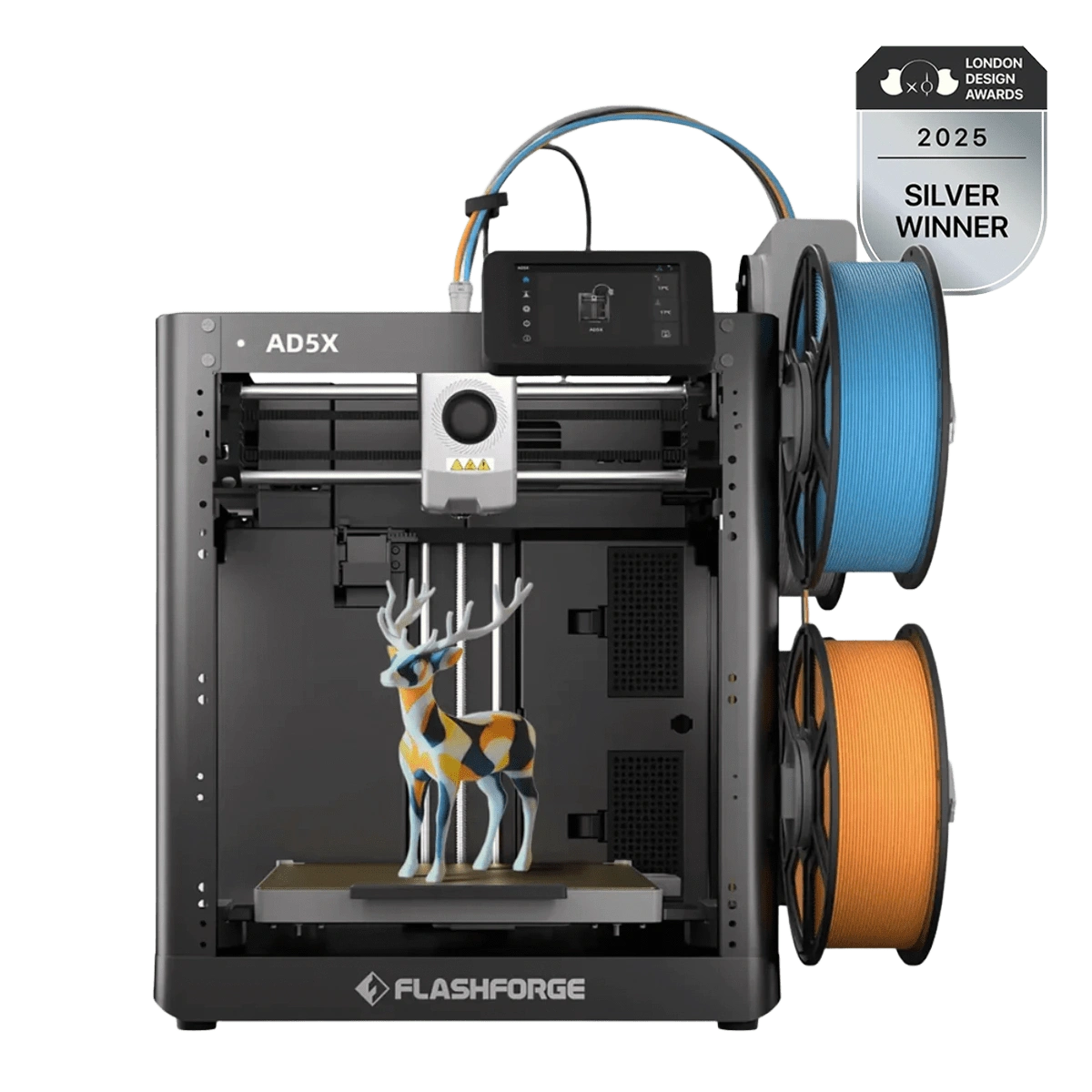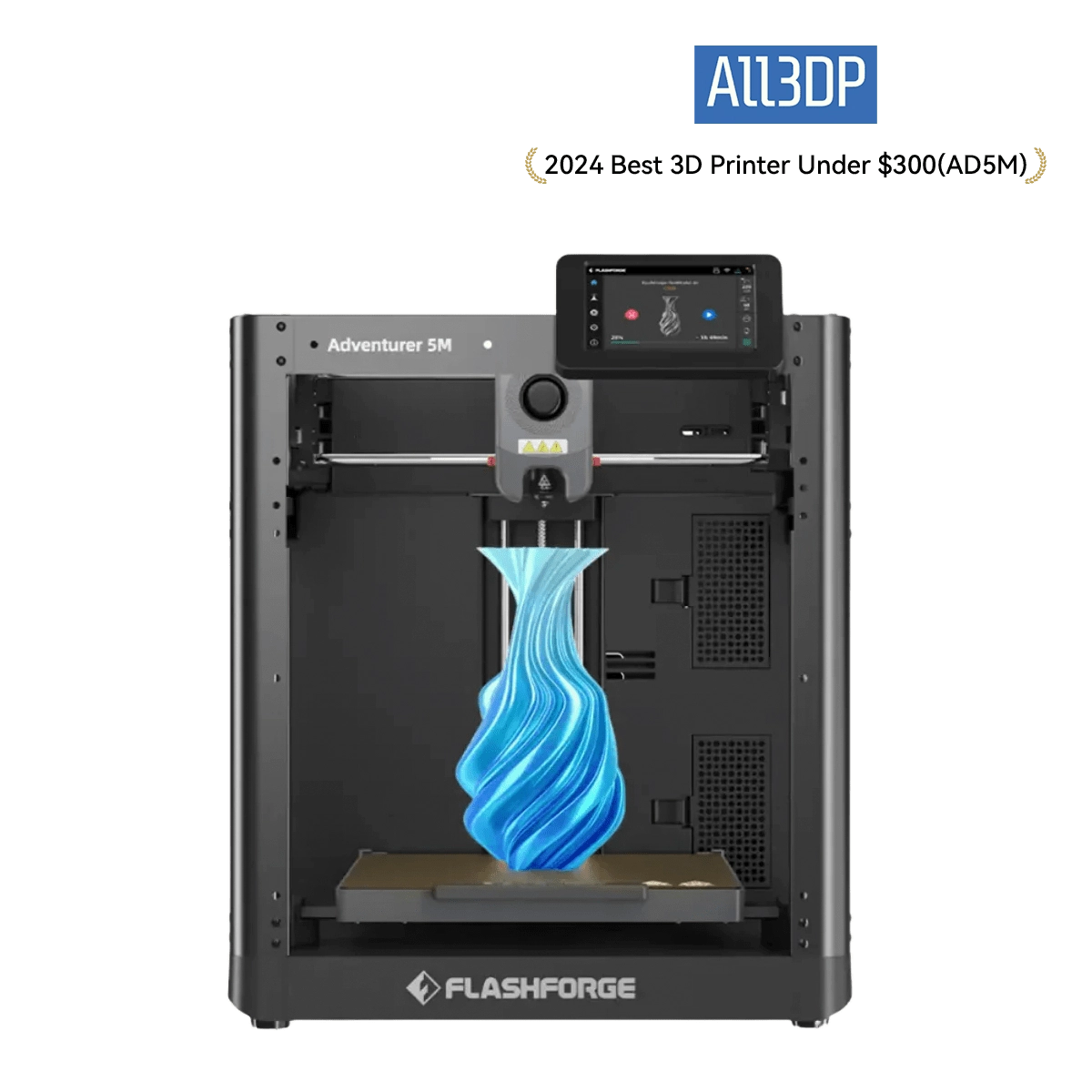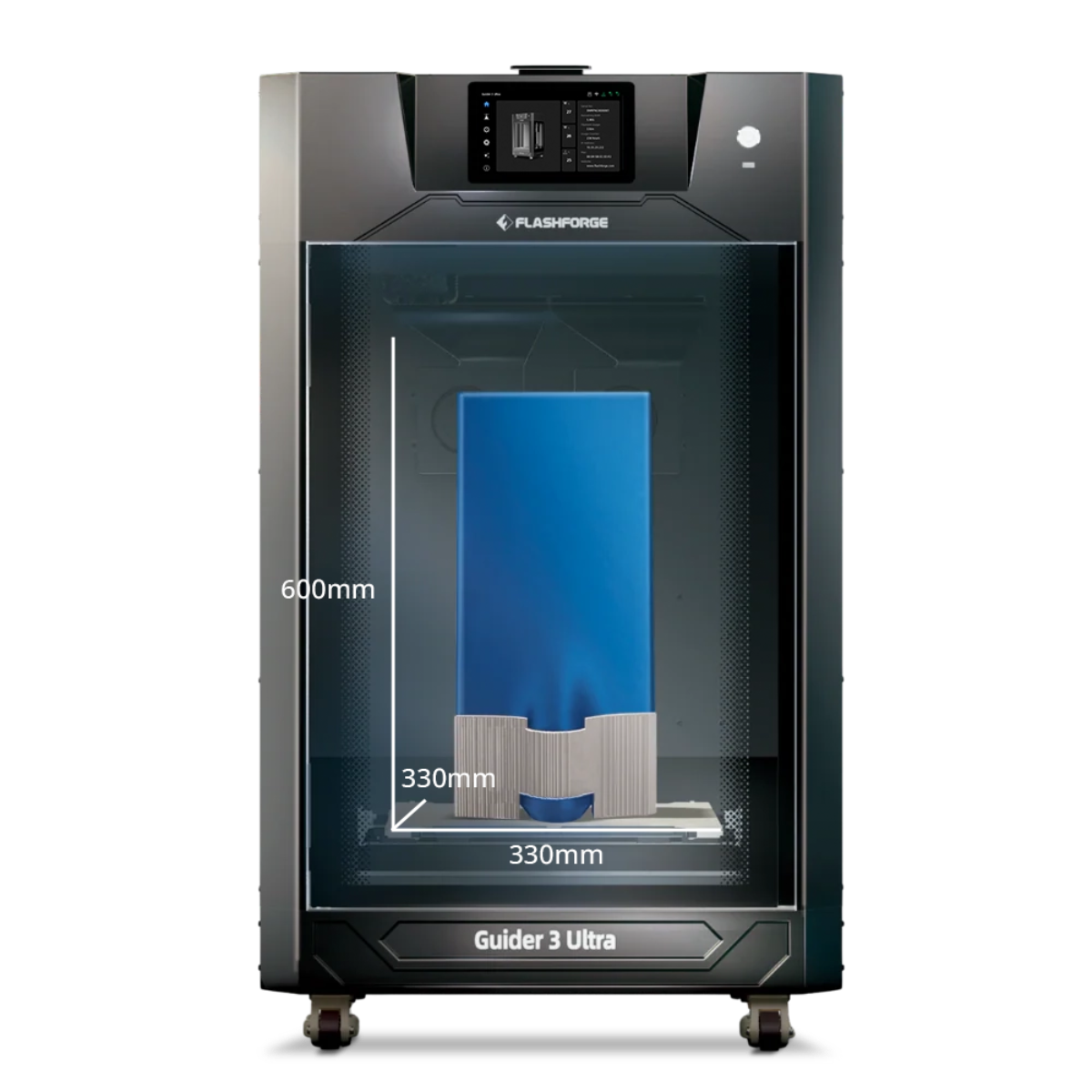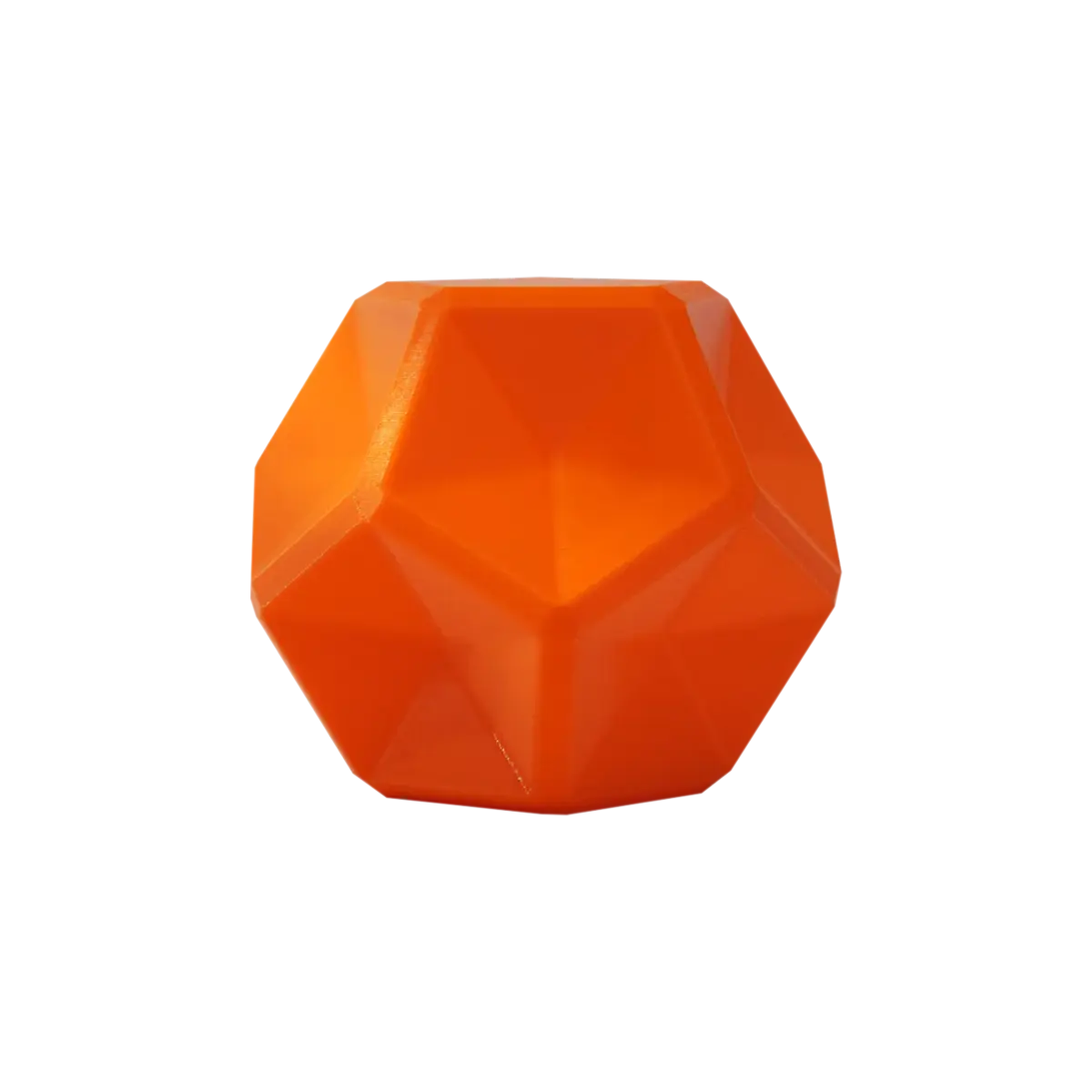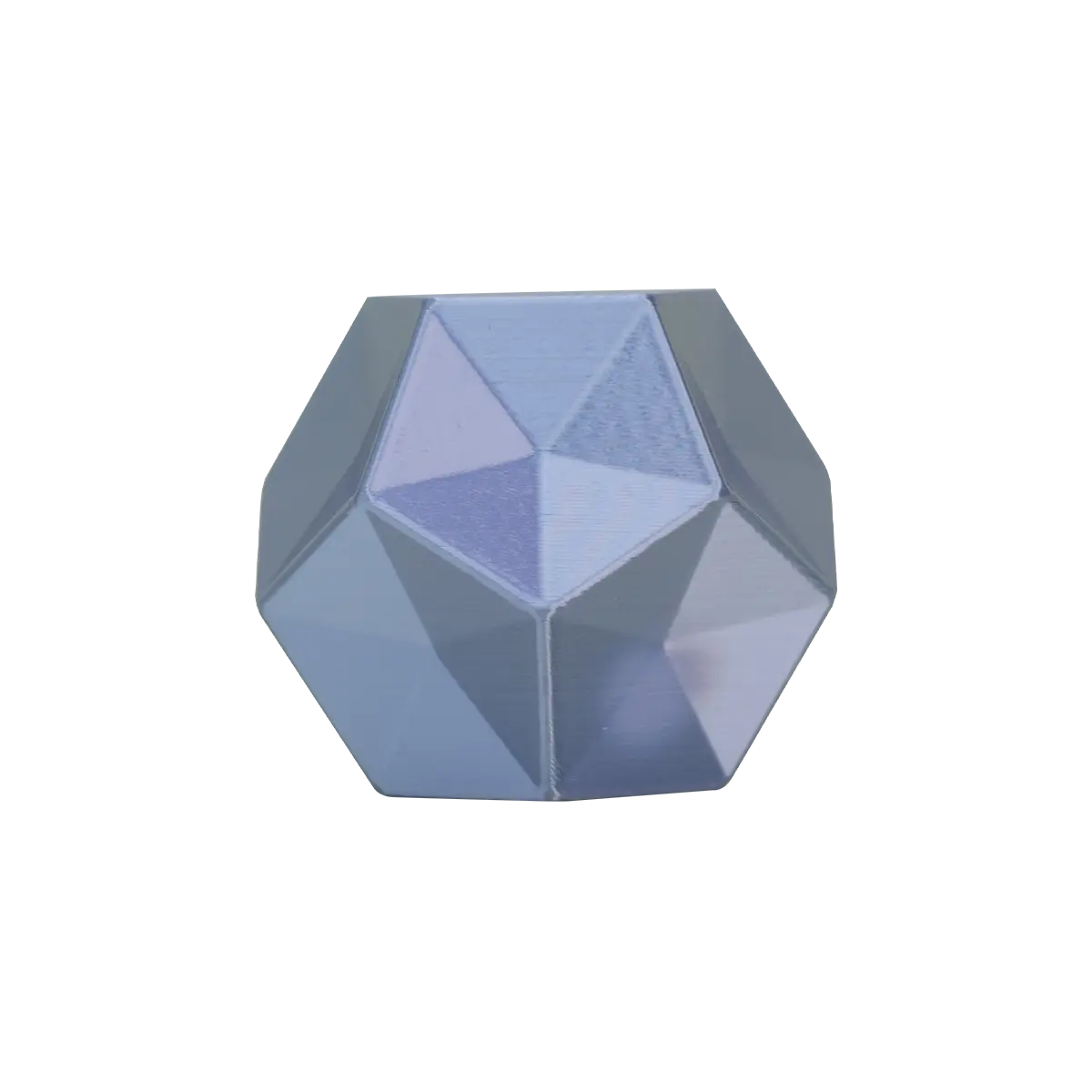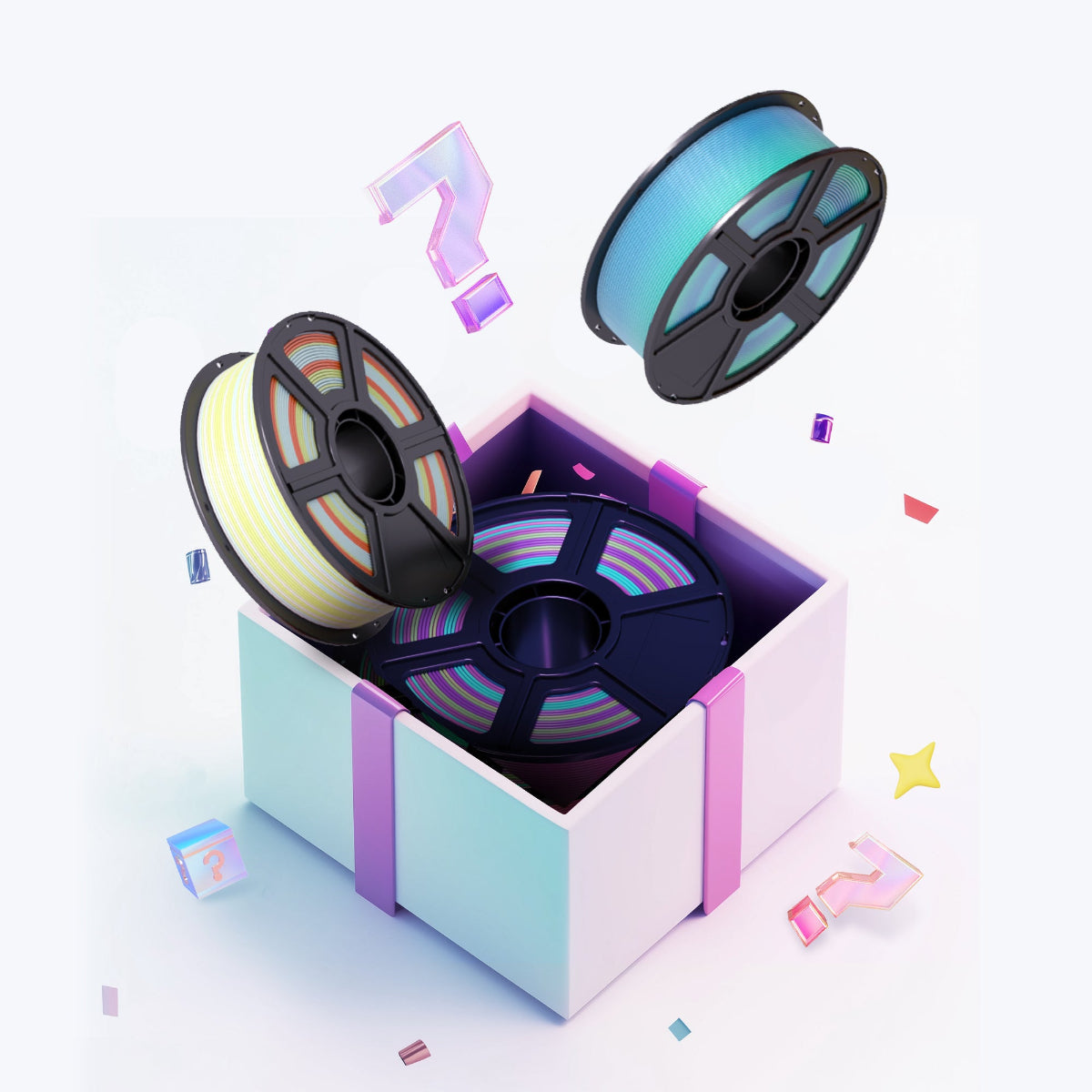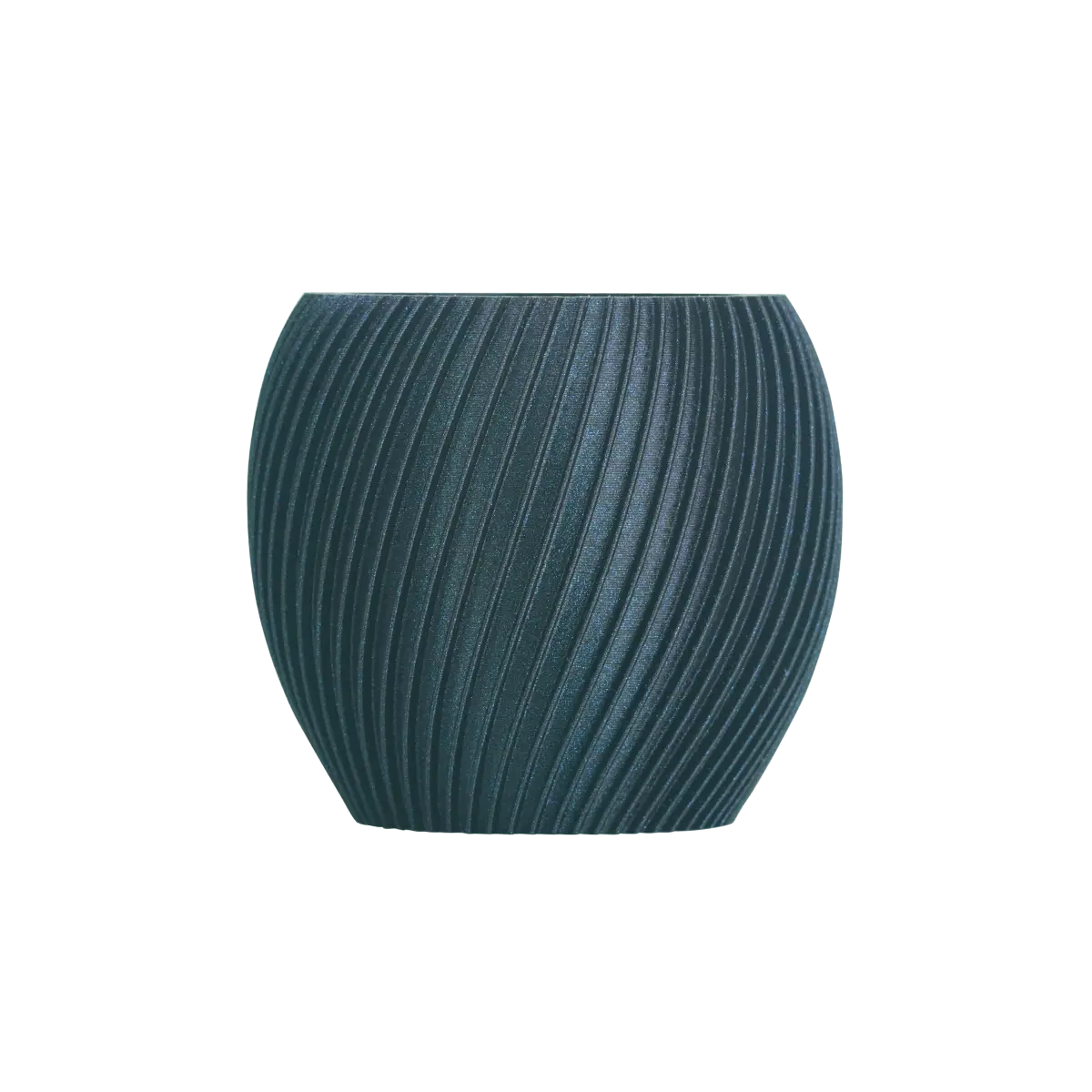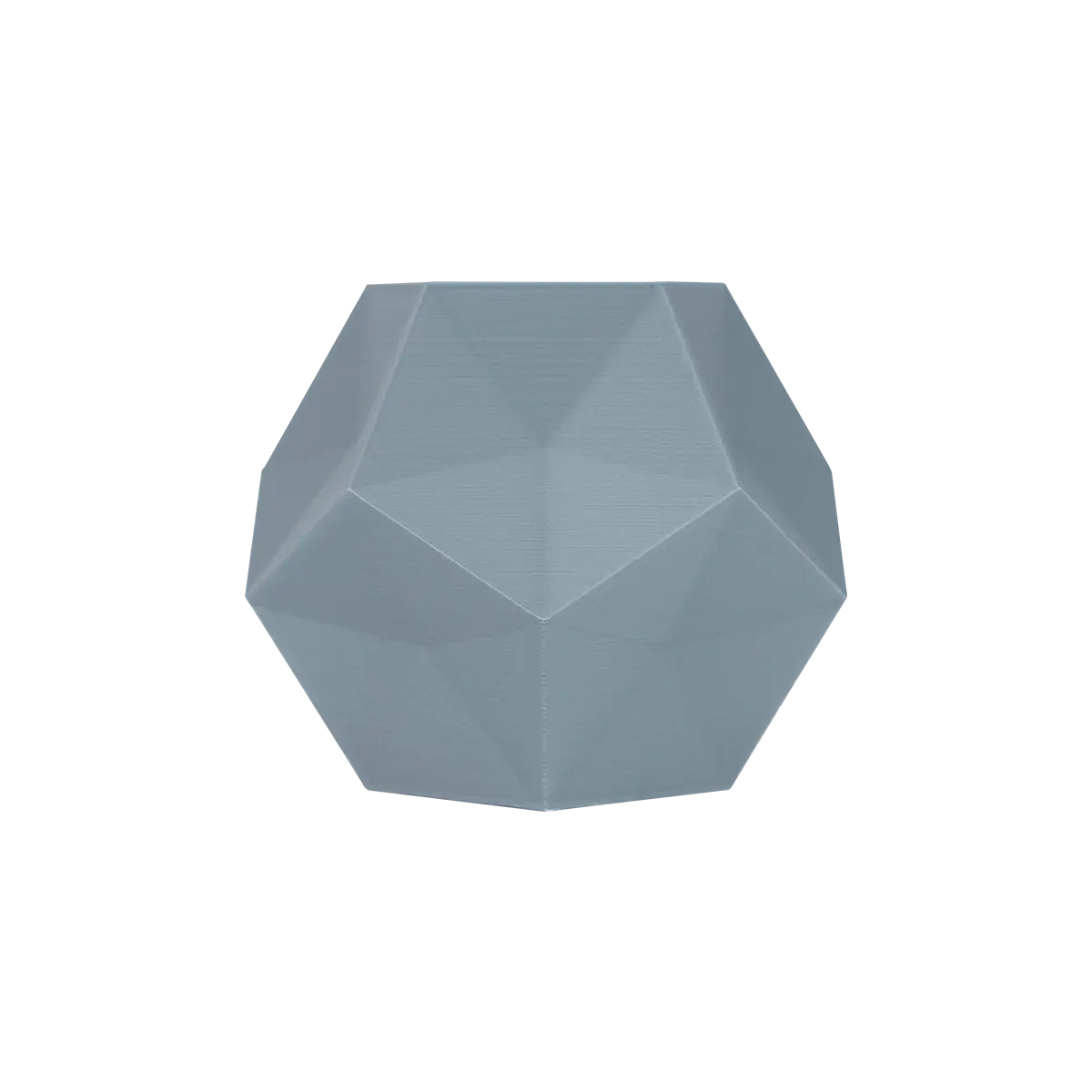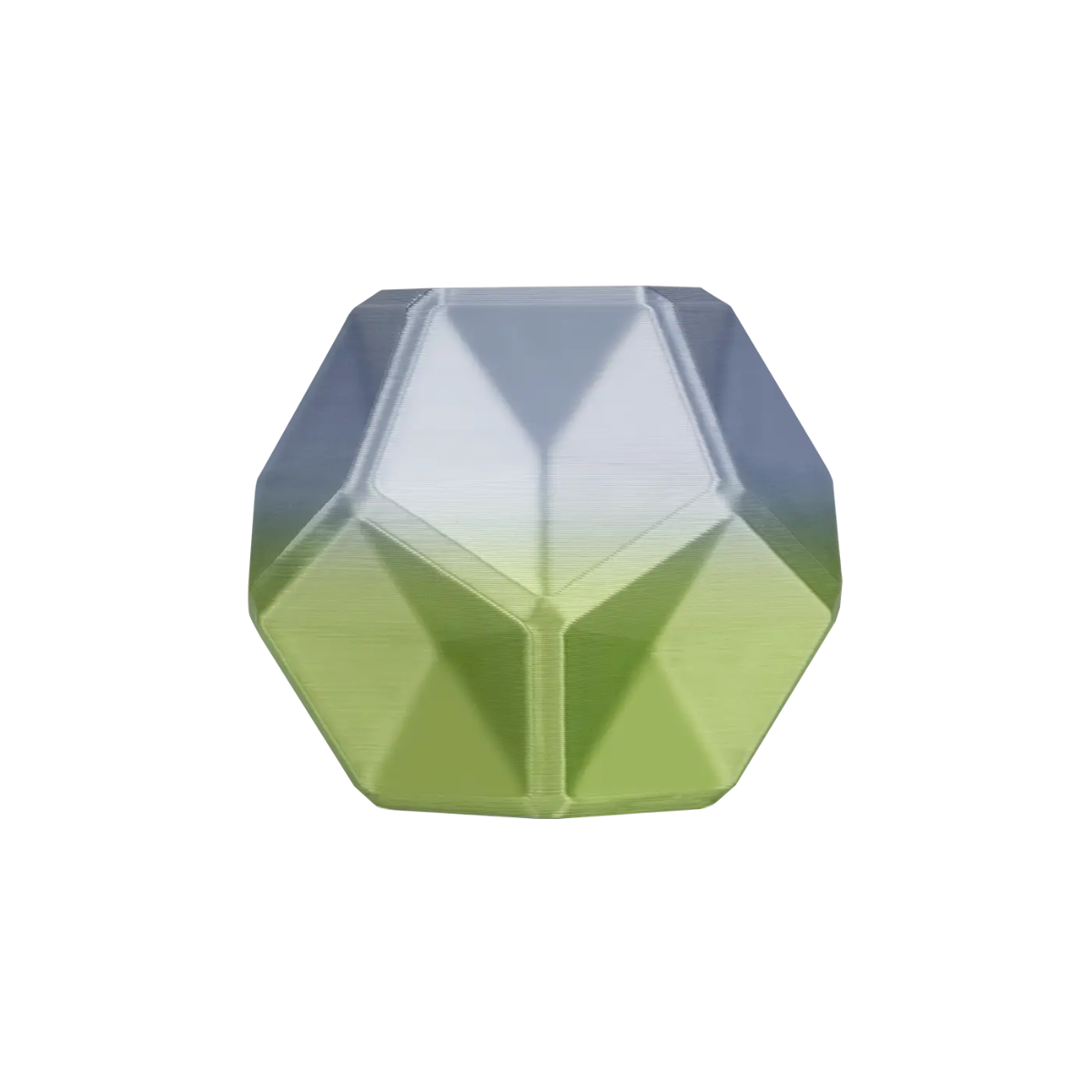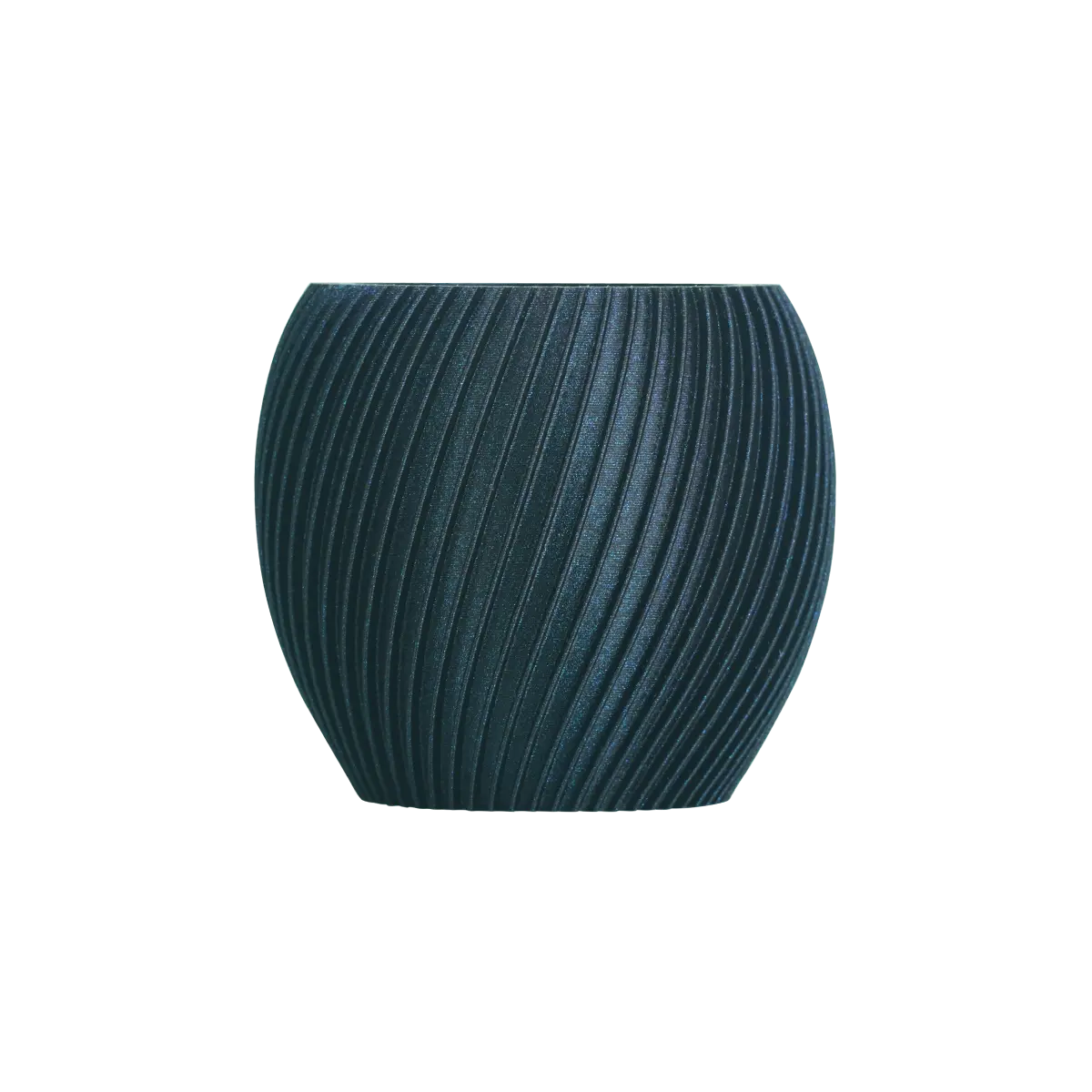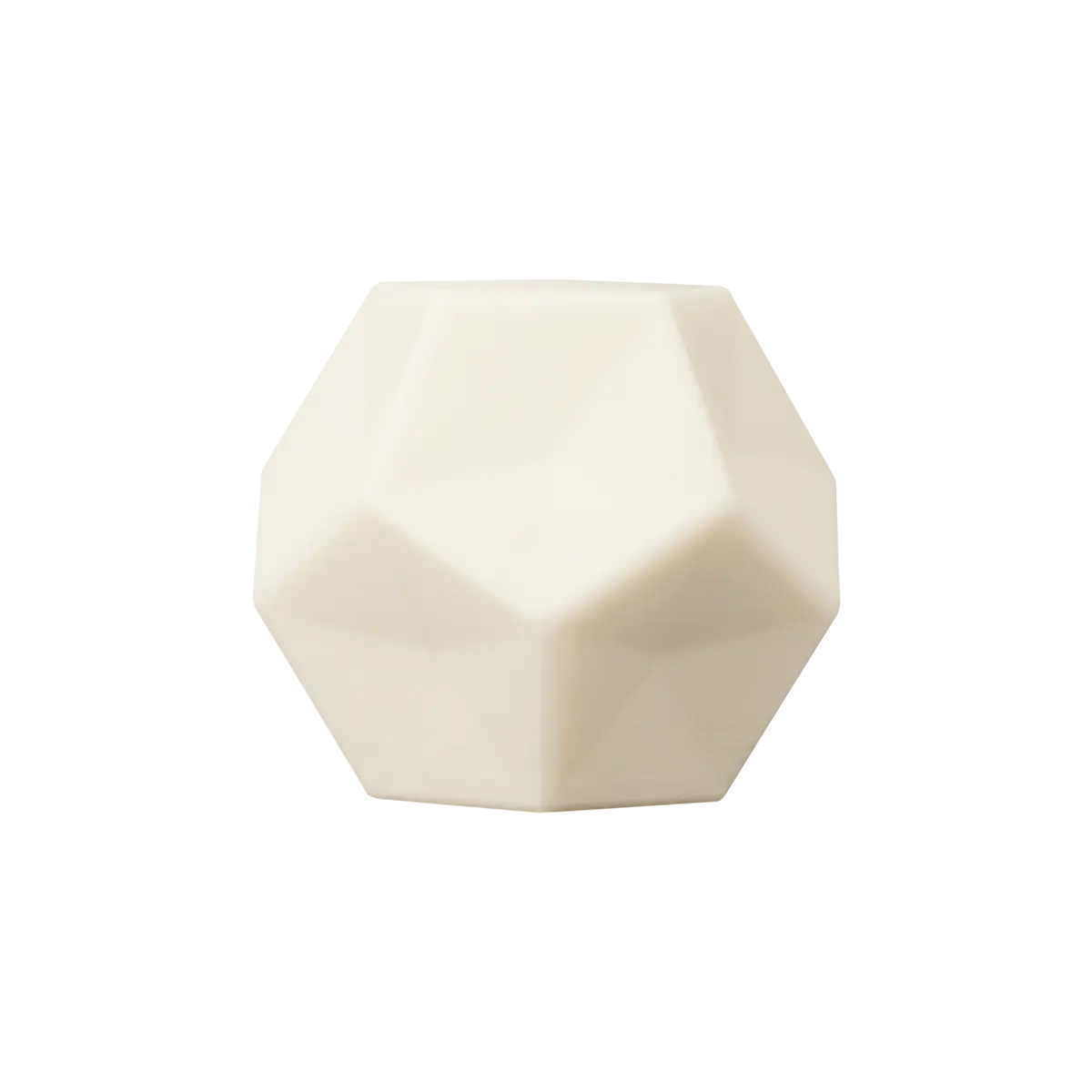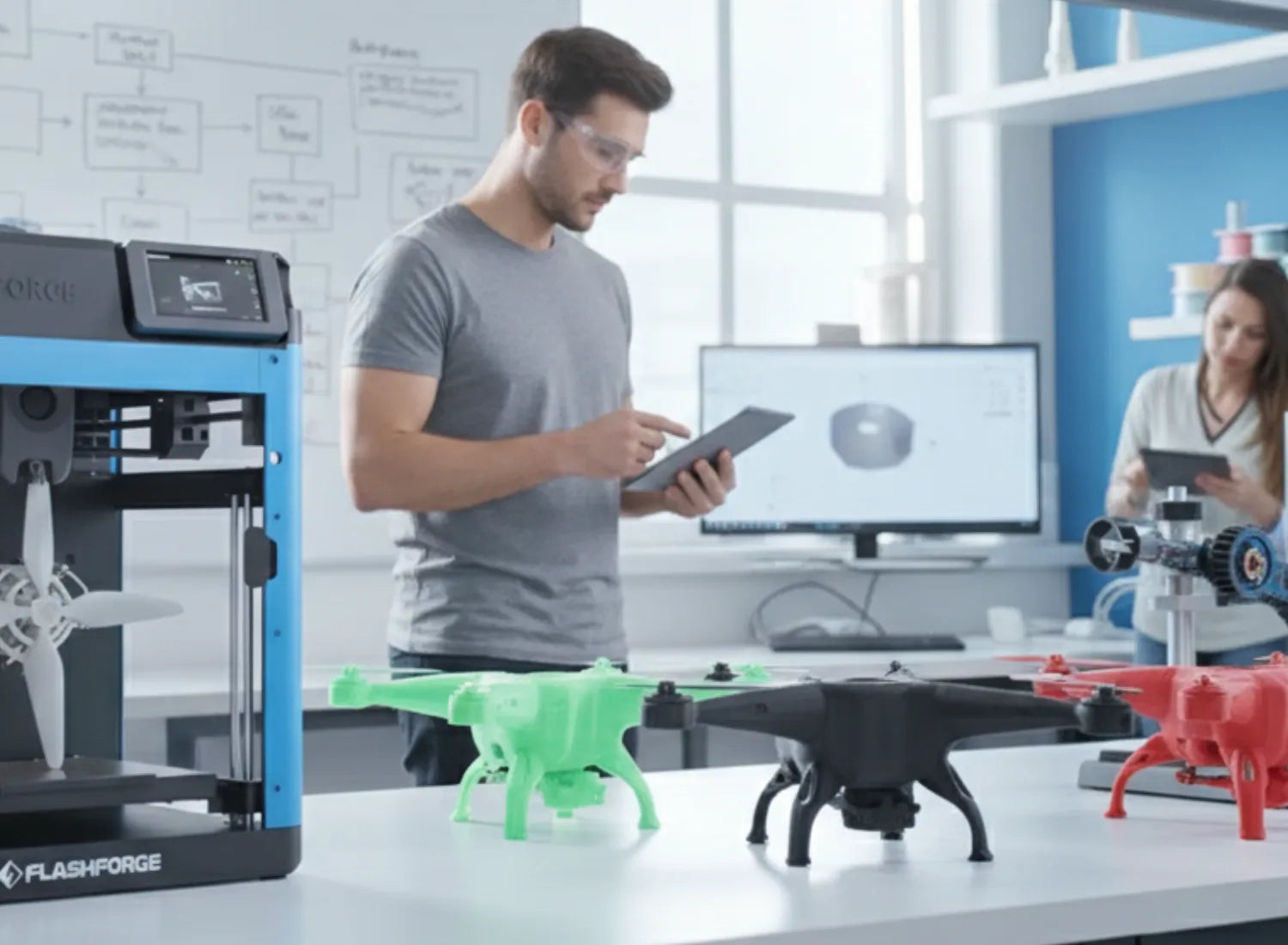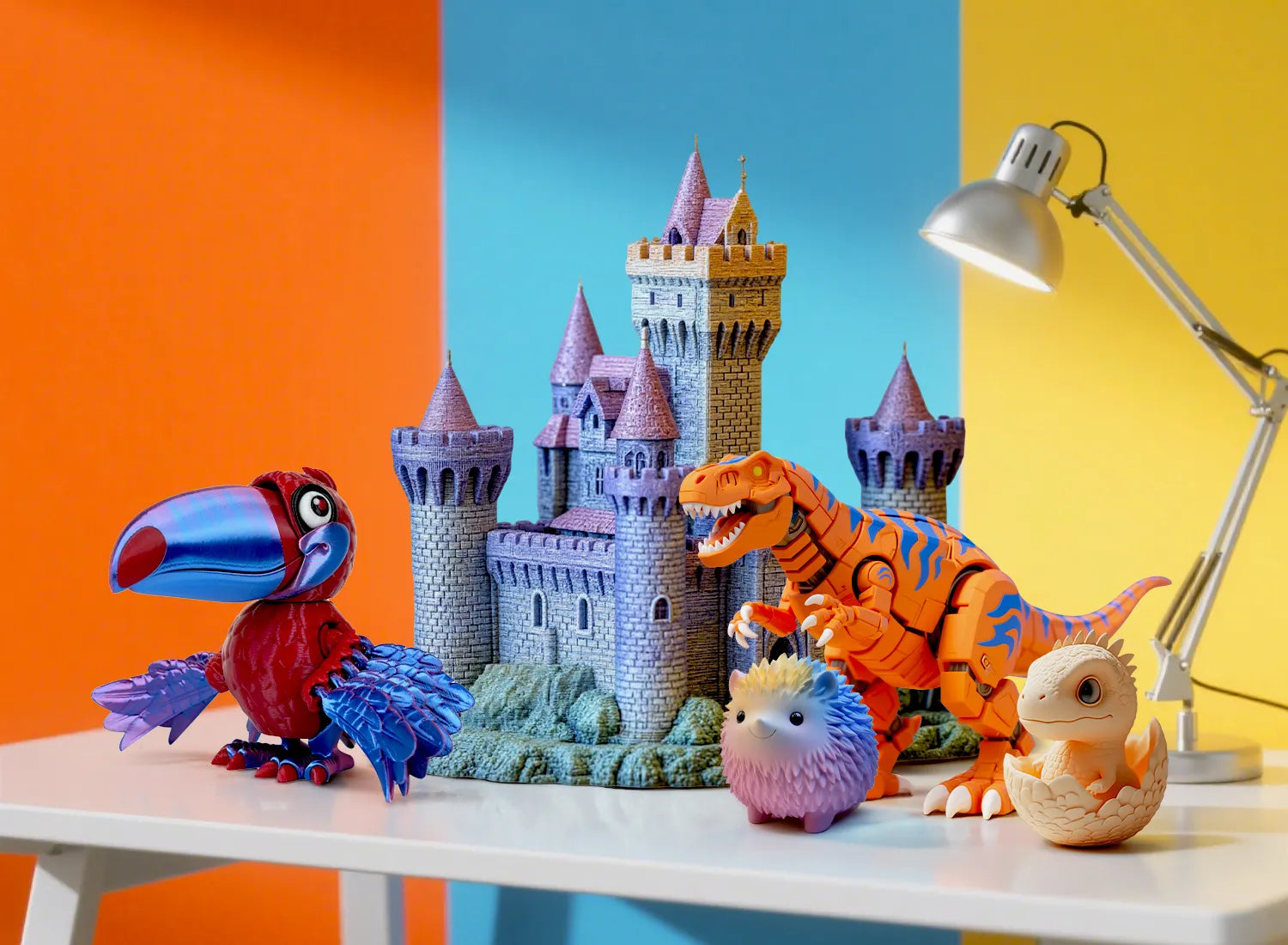Is 3D printing a good hobby? For a life that loves modelling and creation, the answer is yes. 3D printers can transform digital 3D print models into physical objects for creative and inquisitive 3D printed toys, such as a custom mobile phone stand or practical repair parts for household appliances. This guide will walk you through everything you need to know, from the core technology to a detailed hobby 3d printer comparison, helping you find the best hobby 3d printer.
Discovering the World of Hobby 3D Printing with FDM Technology
When you begin exploring
3D printing, you'll immediately encounter the term FDM, which stands for Fused Deposition Modelling. This technology is the cornerstone of the consumer 3D printing market for good reason. It's cost-effective, relatively simple to understand, and works with a wide variety of materials. The vast majority of printers aimed at hobbyists use FDM, making it the perfect starting point for your creative endeavours.
What to Look For: Key Features of the Best Hobby 3D Printers
Choosing your first printer can feel overwhelming with all the technical jargon. However, you can narrow down the options by focusing on a few key features that directly impact your experience. Let's break down the most important considerations.
How FDM 3D Printing Works
At its core, FDM printing is an additive manufacturing process that builds objects layer by layer from the bottom up. Here’s a simple breakdown: a spool of solid thermoplastic material, called filament, is fed into a hot printing head (the extruder).
The extruder melts the filament and deposits it precisely onto a build plate, tracing the shape of the first layer of your digital model. The build plate then moves down slightly (or the extruder moves up), and the process repeats, depositing one molten layer on top of the previous one. These layers fuse together as they cool, gradually forming your final three-dimensional object.
Ease of Use and Workflow for Your Best Hobby 3D Printer
For a hobbyist, the printing process should be fun, not frustrating. Modern printers have made significant strides in user-friendliness. Look for features like:
-
Auto-Bed Levelling: This is arguably the most crucial feature for a beginner. It automates the tedious process of ensuring the print bed is perfectly level, preventing countless failed prints and headaches.
-
Simple Assembly: Some printers come fully assembled, while others require a bit of setup. Most modern "beginner" printers can be assembled in under 20-30 minutes.
-
Intuitive User Interface: A clear touchscreen with a logical menu system makes it much easier to start prints, adjust settings, and perform maintenance.
-
Wi-Fi Connectivity: The ability to send files to your printer wirelessly from your computer or phone streamlines the workflow significantly.
Speed and Accuracy: Performance for Your Hobby 3D Printer
Speed and accuracy determine how fast your ideas come to life and how detailed they will be.
-
Print Speed: Measured in millimetres per second (mm/s), modern hobby printers have become incredibly fast, with some reaching speeds of 500 mm/s or more. While faster is often better, it's a balance; printing at top speed can sometimes compromise quality.
-
Accuracy & Resolution: This refers to the minimum layer height, measured in microns. A smaller layer height (e.g., 0.1mm or 100 microns) produces a smoother, more detailed surface but takes longer to print. A larger layer height (e.g., 0.28mm) prints much faster, but the layer lines will be more visible.
Build Volume and Material Compatibility
-
Build Volume: This is the maximum size of an object you can print, expressed in X, Y, and Z dimensions (e.g., 220 x 220 x 250 mm). For most hobby projects, a standard build volume is perfectly adequate. Only consider a large-format printer if you have specific plans to print very large items.
-
Material Compatibility: The most common starting filament is
PLA 3D filament (Polylactic Acid), which is easy to print with and biodegradable. As you advance, you may want to experiment with other materials like
3d printing filament PETG (stronger and more heat-resistant), ABS (very durable but harder to print), or flexible TPU. Ensure the printer you choose has an extruder that can reach the required temperatures for these materials. You can find filaments online or at local craft stores.
Enclosed Systems and Multi-Functionality
-
Enclosed Printers: An enclosure surrounds the building area, which helps maintain a stable temperature. This is extremely beneficial for printing with temperature-sensitive materials like ABS, as it prevents warping and cracking. Enclosures also reduce noise and contain fumes, making them a safer choice for homes with children or pets.
-
Multi-Functionality: Some machines are more than just printers. They may include interchangeable tool heads for laser engraving or CNC carving, offering more creative avenues in a single package.

From Digital Dreams to Daily Life: What Can You Actually Print?
Apart from technical specifications, the true magic of the hobby 3D printer lies in its ability to solve everyday problems and bring personalized creations into your home. The question quickly shifted from "What can it do?" It turns into "What am I going to do next?"
If you need a specific bracket to organize tangled cables or a knob to replace old kitchen appliances. You won't search online stores to purchase items and wait for the delivery for several days in vain. Instead, choose to design and print a perfect solution within a few hours. This extends to every aspect of life: creating custom cookie cutters for parties, perfectly sized drawer dividers for your desk, or ergonomic grips for your favourite tools to enhance your workflow. For those who have pets, you can print custom toys, unique name labels, or even a dedicated slow feeding bowl. What is the power that creates tangible and useful objects and enhances the quality of your life that makes 3D printing such a beneficial hobby? The best part is that you don't need industrial machines to do this. The printer we are about to discuss is fully capable of turning these ideas into reality.
Navigating the Hobby 3D Printer Market
The market is filled with excellent options at competitive prices. Conducting hobby 3d printer reviews and comparisons is key. Here’s a look at some of the top contenders that consistently receive praise.
The
Flashforge AD5M 3D Printer is a powerhouse known for its incredible speed and reliability right out of the box. It comes fully assembled, features one-click auto-levelling, and boasts an impressive top speed of 600 mm/s. Its all-metal frame and direct-drive extruder provide stability and precision, making it an excellent choice for users who want to print fast without endless tinkering.
Bambu Lab
Bambu Lab disrupted the industry by bringing features previously found only on industrial machines to the consumer market. Their A1 Mini and P1S/P1P models are famous for their speed, print quality, and seamless user experience. A key selling point is their optional Automatic Material System (AMS), which enables easy multi-colour printing—a feature that is a fantastic gateway to more advanced creative projects.
Creality Ender-3 V3
The Creality Ender series has long been the entry point for countless hobbyists. The Ender-3 V3 continues this legacy by integrating modern features like auto-levelling and a more stable "CoreXZ" motion system for high-speed printing. It offers a fantastic balance of performance, features, and affordability, backed by a massive online community for support and upgrades.
Anycubic Kobra 2
Anycubic's Kobra 2 series is a direct competitor to Creality, focusing on speed and ease of use. With its LeviQ 2.0 auto-levelling system and fast printing speeds, the Kobra 2 is designed to get users printing quickly and successfully. It represents a significant upgrade from older generations of bed-slinger printers and is a solid, budget-friendly option.
Expert Insight
The current trend in the hobbyist market is a race to the top in both speed and user-friendliness. Brands like Bambu Lab and Flashforge are pushing a "it just works" philosophy, while established players like Creality and Anycubic are rapidly integrating these new standards into their budget-friendly lineups. For a beginner today, there has never been a better time to start.
Practical Advice for Your Best Hobby 3D Printer Experience
Buying the printer is just the first step. Here's how to make the most of it.
Optimizing Your FDM Prints: Design & Settings
The key to a successful print lies in slicer software. This program converts your 3D model (an STL or 3MF file) into the G-code instructions your printer understands. Mastering basic slicer settings like layer height, infill percentage, print speed, and support structures will elevate your prints from good to great.
Essential Maintenance and Troubleshooting for Your Hobby 3D Printer
Your printer is a machine that needs occasional care. Routine maintenance includes cleaning the build plate, checking belt tension, and ensuring the extruder nozzle is clear. Common troubleshooting issues include bed adhesion problems (prints not sticking) or nozzle clogs, both of which are easily solved with guidance from the vast online 3D printing communities.
Slicers and Firmware for Your Hobby 3D Printer
While most printers come with their own branded slicer software, like
Orca Flashforge, you can also use powerful third-party options. Firmware is the low-level software that runs on the printer itself. While most users will never need to change it, advanced hobbyists sometimes upgrade to firmware to unlock even higher performance.
Safety and Sustainability for Hobbyists
Always operate your printer in a well-ventilated area, especially when printing with materials other than PLA, as they can release volatile organic compounds (VOCs). Be mindful of the hot extruder nozzle and heated bed. For sustainability, consider using filaments made from recycled materials or stick to PLA, a plant-based bioplastic.
Conclusion
If you take up the hobby of 3D printing, you may encounter setbacks, but you will also gain a sense of achievement. 3D printing integrates technology, creativity and the ability to solve practical problems. Let you personally experience the transformation from digital files to physical items in your hands. 3D printer technology is constantly being updated. As
a 3D printing maker, you can choose to focus on key functions such as automatic adjustment, balance cost and convenience, and select a reputable brand like Flashforge. If you need more related 3D printing support, you can click here to contact us.






